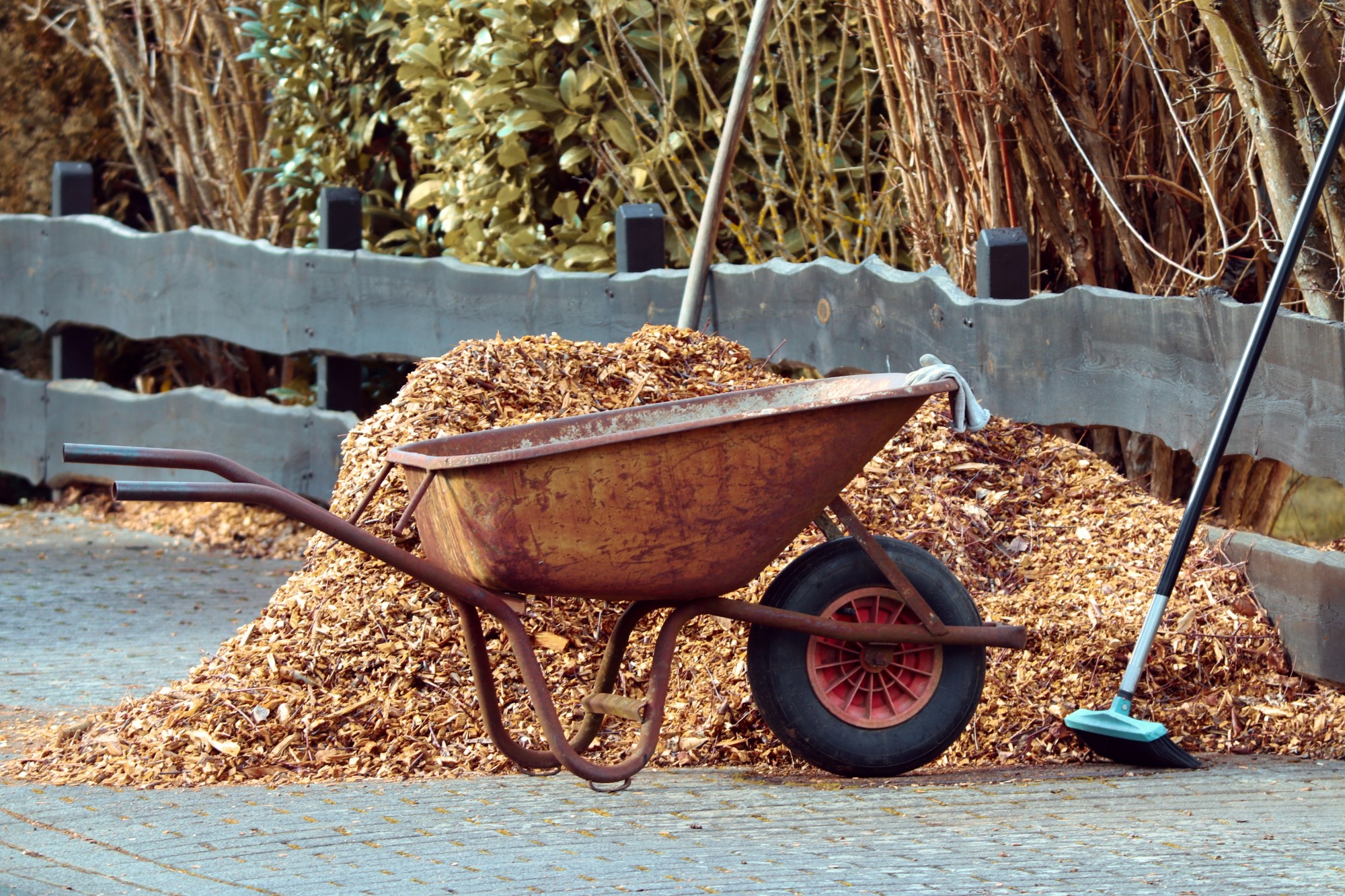Winter Mulching Your Garden: A Basic Guide
Most of the Midwest gets its first freeze around the first of October. For a freeze to happen, the air temperature has to drop below 32 degrees F.
Freezing temperatures mean it’s time to turn on the furnace, pull out your fall sweaters, and get out your Halloween decorations.
It’s also a critical time to handle winter mulching. Even though your plants are dying off, you still need to spend a little time in the garden.
Read on to learn how to handle mulching a garden for the winter and why it’s so important.
Why Is Winter Mulching Important?
Winter mulching refers to the practice of covering your flower beds with organic material. It keeps your plants insulated and hydrated during the winter.
After a hard frost, your plants will go into a dormant state. They’re still alive, but their visible leaves and flowers will die off.
Once the ground freezes, you’ll need to mulch the flower beds to keep the roots at a consistent temperature. If the weather warms up again, the plant will think it’s time to bloom and die off when it freezes again. Winter mulching keeps your plants in a dormant state until spring.
Types of Mulch to Use
Mulch can be any organic material, as long as it can insulate the ground.
Some of the most popular types of mulch are wood fiber and bark mulch. Not only will they insulate your flower beds, but they also look great.
You can also use pine needles, straw, leaves, or even boughs from your Christmas tree. In the spring, these materials will break down and add nutrients to the soil.
If you live in a snowy climate, snow also works as a natural mulch. It insulates the ground and provides moisture. So the next time it snows, don’t remove the snow from your flower beds.
How to Mulch a Garden for Winter
When your annual plants look brown and crumbled, you’ll know you’ve had a hard frost. Once that happens, it’s time to handle winter mulching.
First, remove any weeds from the base of your plants. If you have bushes or shrubs to trim or cut back, it’s easier to do it before you mulch.
For smaller plants, put a 2 to 4-inch layer of mulch around the base of the plant. If you have woody plants or small trees in your flower beds, leave some space between the mulch and the plant base. If it’s too close to the stems, it can lead to disease or rodent damage.
Winterize Your Garden Today
If you have an interest in gardening, you want your plants to return successfully in the spring. As an amateur gardener, there’s nothing more disheartening than watching your plants not bloom in the spring.
Luckily, winter mulching can protect your plants from harsh winters. If you do it right, you’ll get to see your favorite annuals return next year.
If you’re looking for high-quality mulch, we can help. At McCarty Mulch and Stone, we offer the quality landscaping supplies you need. Use our handy mulch calculator to find out how much you need and place your order with us.




